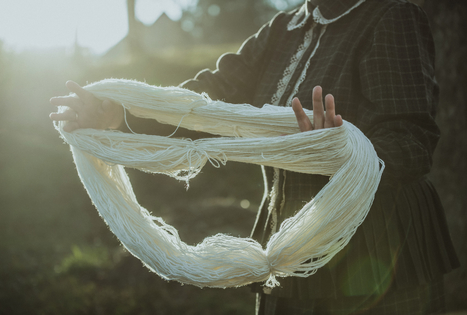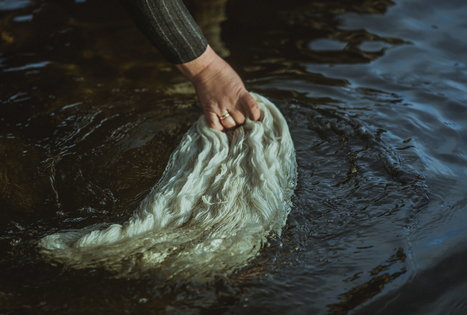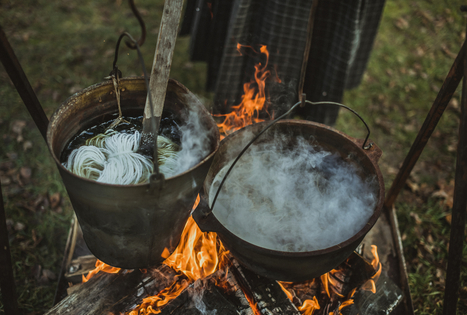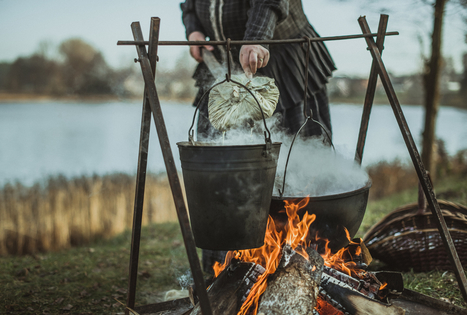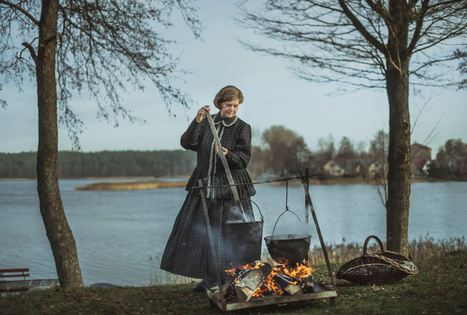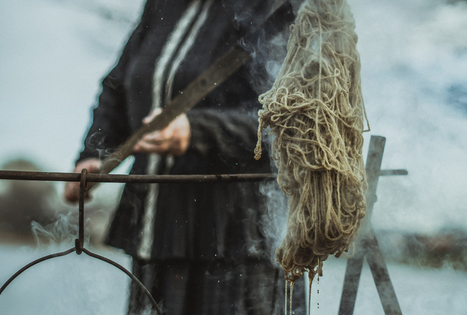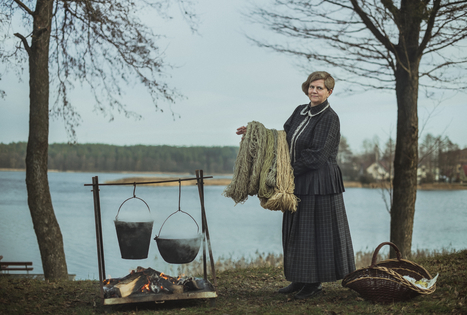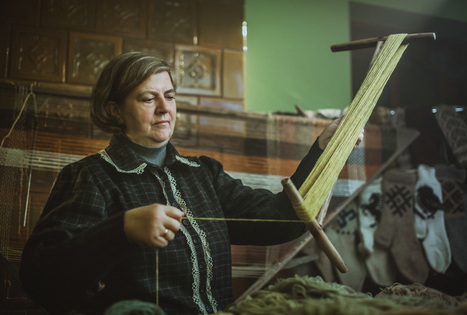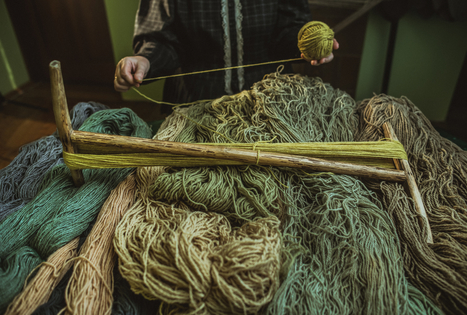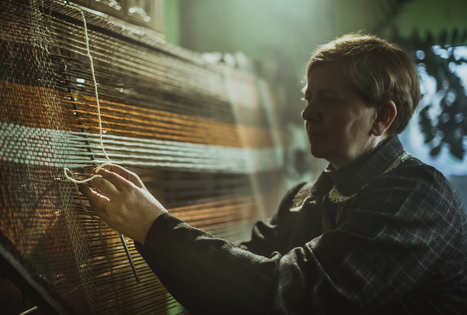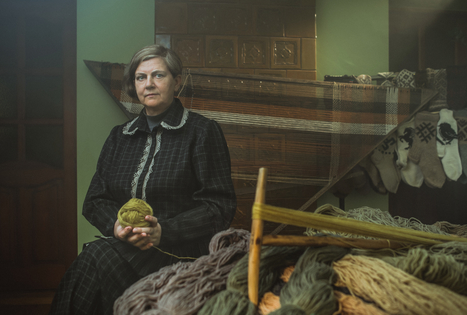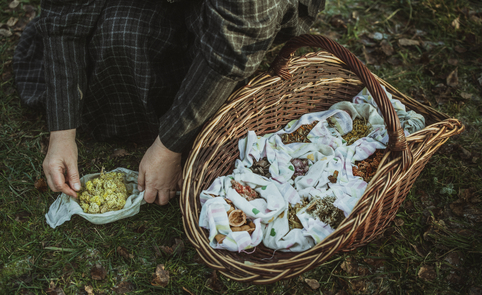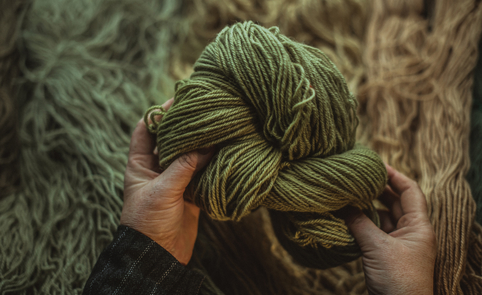These days when you visit a yarn store, your eyes are simply dazzled by the variety of choices and the abundance of colours and shades. In the past, however, women who wanted more colourful clothes had to dye the yarn themselves in natural ways – with herbs, berries, flower blossoms and leaves. This craft was born out of a desire to give colour to the grey everyday life and wardrobes.
A tradition common to all cultures around the world
Dating back to ancient times, yarn dyeing with plants is a tradition common to all cultures around the world. Each country differs in its diversity of plants, so it goes without saying that each culture uses different plants for dyeing. Lands in the south are characterised by a more favourable climate and conditions for plants to thrive, so the plants yield more dyestuffs with colours that are quite a bit brighter. In contrast to the south, the Lithuanian palette consists of earth tones: browns, greens, yellows, greys and black.
Dyeing techniques and secrets
In the Lithuanian village, once the bread was baked and the oven was still hot, the inside was overspread with woollen yarn, followed by a layer of soaked grass. By the time the bread oven cooled down, the wool dyed. Some plants have dyestuffs in their blossoms, while others have them in their leaves, roots, bark, fruits or seeds. Some yield a stronger colour in the spring, while others – in summer or even in winter.
In order for the yarn to dye evenly, you have to know a lot of secrets. For example, colour uniformity also depends on how the yarn is dried. If you want to get a darker colour, you have to soak the plants. You have to know that each material takes to the dye differently.
While it was popular in the southern countries to dye fabrics with various patterns, there was no such tradition in Lithuania. It was always only the yarn that was dyed, which was then used to create patterned items. The yarns in our region were made from natural fibres: plant fibres such as linen or hemp, or animal fibres such as sheep or goat wool.
You can try it yourself
Yarn dyeing technology is basically very simple. First a fire is started, with two buckets of water and plant extracts hung above it. Once that comes to a boil, moistened yarn is added and soaked for a long time. This craft does not require a lot of sophisticated technology, so anyone can try it out – at home or at a rural homestead with the entire family.
When dyeing yarn with natural vegetable dyes, you get a different result every time. And it always amazes you.
Special educational programmes are held for dyeing yarns with vegetable dyes, encouraging all members of the family to get involved creatively in the dyeing process. Sometimes help is available for collecting dyestuffs or preparing yarn for dyeing. Currently, there are only five certified yarn dyers in Lithuania.



